Safe to say before this recent trip to Nebraska I knew nothing about the animal called a prairie chicken! So maybe you are like me and this will all be new.
Last week I wrote a brief post about a bird called a prairie chicken. If you live in the midwest, you may have seen or heard of this bird. If you live elsewhere but travel through the midwest in the spring, you may want to consider stopping in to see their unique mating dance, which takes place every morning and evening for about 4-6 weeks. It is incredible!
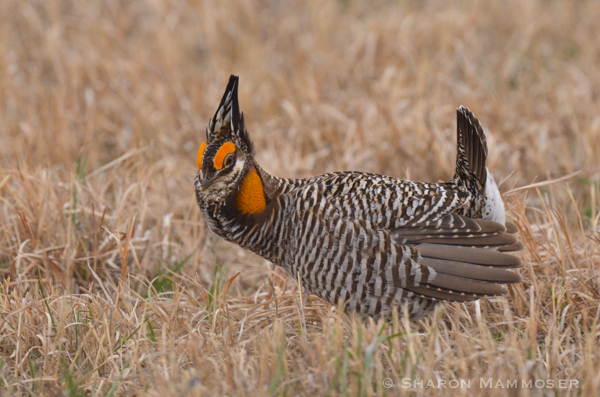 Before traveling to Nebraska and seeing these birds, I knew nothing about them. But now I know a lot! Here are some things I learned about greater prairie chickens:
Before traveling to Nebraska and seeing these birds, I knew nothing about them. But now I know a lot! Here are some things I learned about greater prairie chickens:
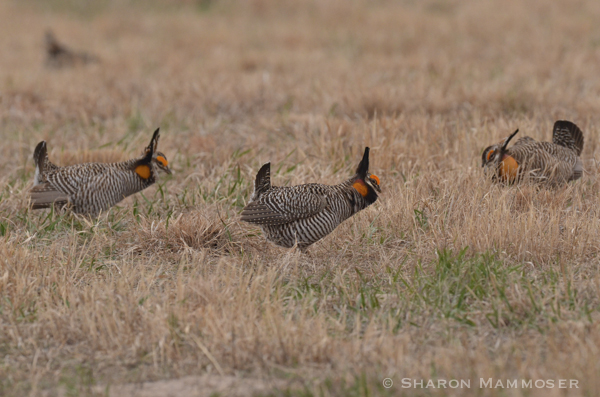 1.Greater prairie chickens are found only in the United States and only in a few places, many of which are on private land. In much of their original range they are extinct or endangered. There are thought to be about 459,000 remaining prairie chickens. They need open grassland with grass 10-18 inches long for roosting and nesting in. They are found in Kansas, Nebrasaka, Oklahoma, and scattered areas in Wisconsin, Illinois and Colorado.
1.Greater prairie chickens are found only in the United States and only in a few places, many of which are on private land. In much of their original range they are extinct or endangered. There are thought to be about 459,000 remaining prairie chickens. They need open grassland with grass 10-18 inches long for roosting and nesting in. They are found in Kansas, Nebrasaka, Oklahoma, and scattered areas in Wisconsin, Illinois and Colorado.
2. Have you ever visited those states during winter? If so you know it is pretty cold! But even so, prairie chickens do not migrate. Instead, they dig into the snow, creating horizontal tunnels which insulate them from the freezing temperatures. They have feathers on their legs and feet which helps to keep them warm. Like many other animals, they change their diet in winter, becoming herbivores.
3. The rest of the year prairie chickens are omnivores. They eat a variety of plant and animal matter including leaves, seeds, buds, grains, insects and other invertebrates.
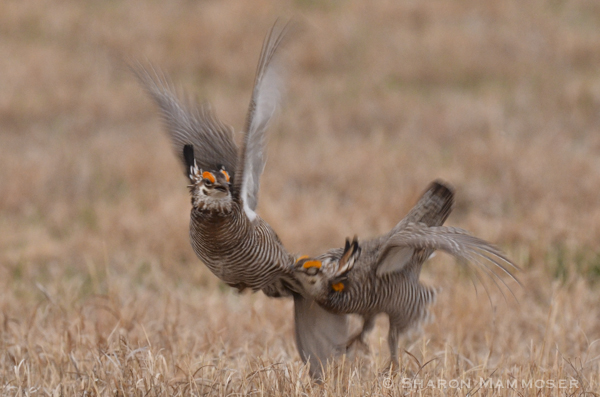 4. Prairie chickens have a mating ritual that they participate in each spring called booming. Males in breeding plumage are pretty spectacular, with yellow combs over their eyes, feathers that look like rabbit ears that can be held erect or laid back over their neck, yellow patches below their eyes that they inflate with air to create a unique “booming” sound and a tail that fans out and stands erect.
4. Prairie chickens have a mating ritual that they participate in each spring called booming. Males in breeding plumage are pretty spectacular, with yellow combs over their eyes, feathers that look like rabbit ears that can be held erect or laid back over their neck, yellow patches below their eyes that they inflate with air to create a unique “booming” sound and a tail that fans out and stands erect.
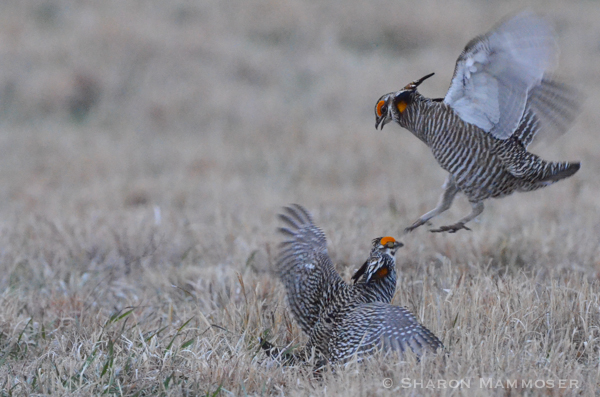
Here are two videos of this: (I did take videos of this ritual but because I was in a blind with other photographers who were in “rapid fire” mode, it is hard to hear the chickens so I am choosing to use these videos instead)
5. Prairie chickens are polygamous and become sexually mature at one year of age.
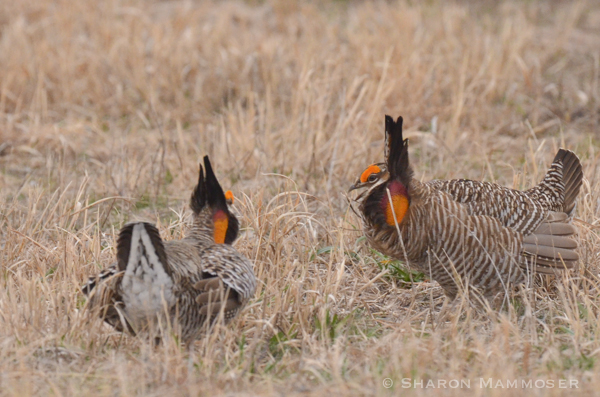 6. Booming rituals take place at “leks,” which are the “dance floors” for the birds. Leks don’t look very different than surrounding grassland but the males claim about 100 square feet of ground and then defend it against other interested males. Two males can often be seen facing off on their leks, then jumping into the air and having physical contact with their competition for the eligible females.
6. Booming rituals take place at “leks,” which are the “dance floors” for the birds. Leks don’t look very different than surrounding grassland but the males claim about 100 square feet of ground and then defend it against other interested males. Two males can often be seen facing off on their leks, then jumping into the air and having physical contact with their competition for the eligible females.
7. Females create a shallow depression and arrange grass into a bowl shape, lining it with sticks, leaves and feathers that she removes from her breast. She will lay 5-15 eggs and incubate them for 25 days. When the chicks hatch, they can feed immediately. They will stay with mom for 8 weeks.
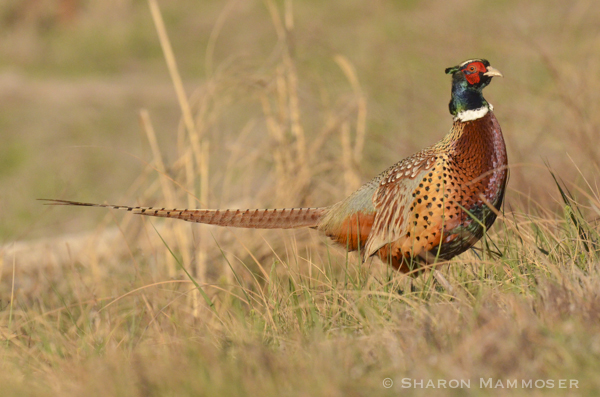
8. Ring-necked pheasant females –another bird of the open grassland–sometimes lay their eggs in greater prairie chicken nests and these eggs hatch before the prairie chicken eggs. Female prairie chickens will then isolate these pheasant eggs, thinking they are theirs. As a result, their own eggs often do not survive.
9. Prairie chickens weigh in at 2-3 pounds and are 16.9 inches long.
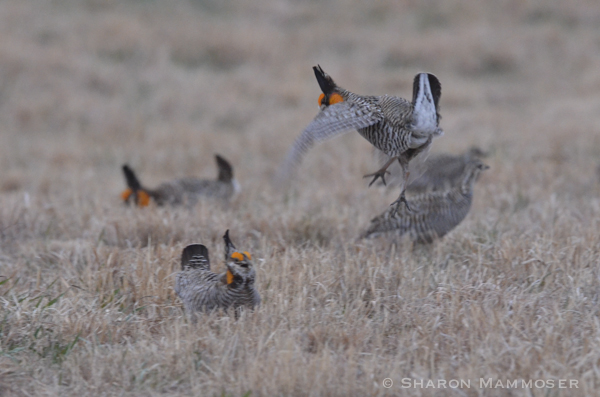 10. A group of prairie chickens is called a “little house” or a “pack” of prairie chickens.
10. A group of prairie chickens is called a “little house” or a “pack” of prairie chickens.
Do you have anything to add about prairie chickens? Have you witnessed their booming ritual? As always, I’d love to hear from you! Use the comment box below to share your thoughts.

